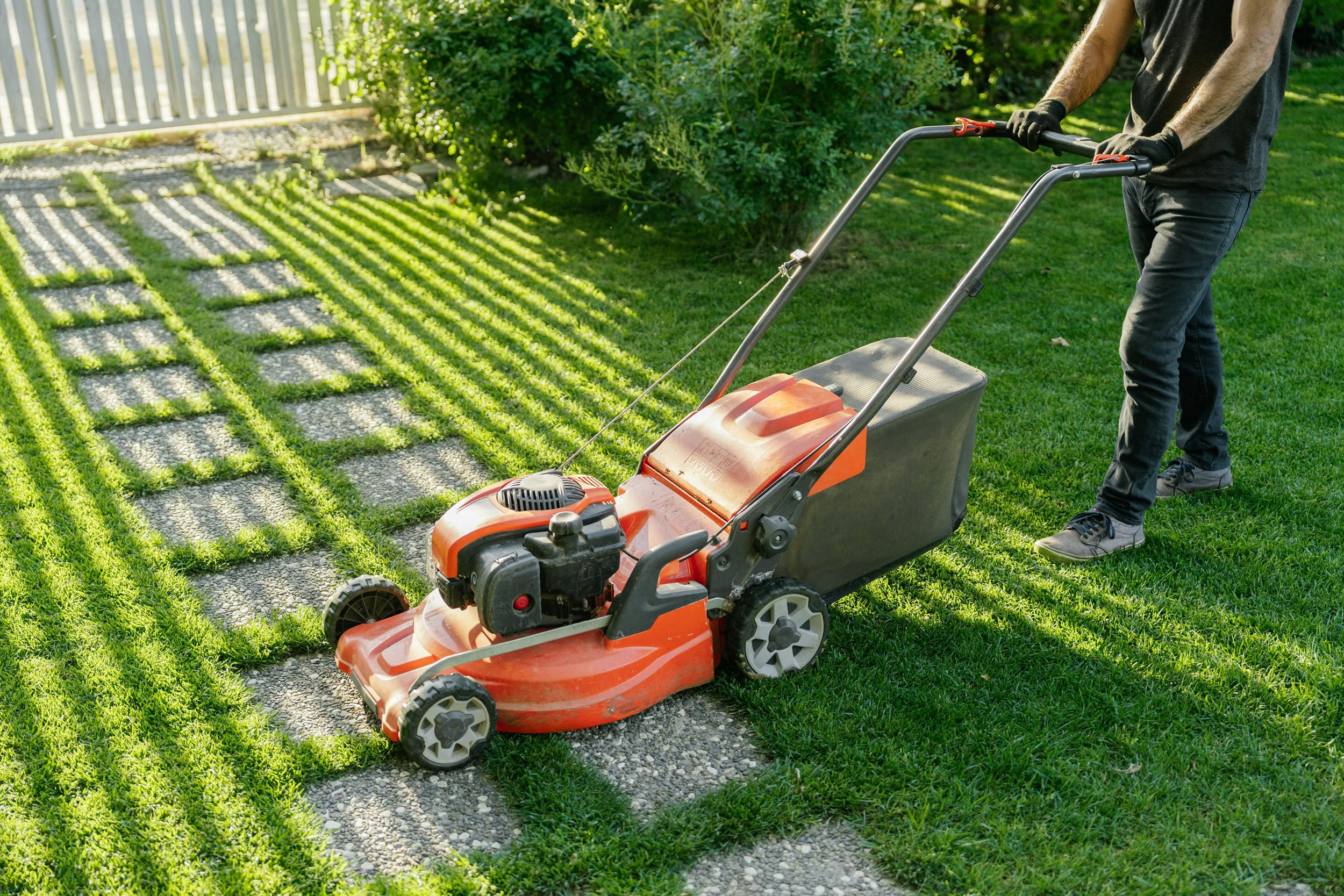Understanding Your Lawn’s Growth Cycle
To determine how often you should mow your lawn, it’s essential to understand the growth cycle of your grass. Grass growth depends on several factors, including the type of grass, climate, and soil conditions. Knowing these can help you establish a mowing schedule that keeps your lawn healthy and visually appealing.
Types of Grass
Different grass types grow at varying rates. For instance, cool-season grasses like Kentucky bluegrass and fescue grow rapidly in the spring and fall, requiring more frequent mowing during these periods. Warm-season grasses, such as Bermuda and St. Augustine, peak in growth during the summer months.
Climate and Weather Conditions
Climate plays a significant role in grass growth. In regions with high rainfall and warm temperatures, grass tends to grow more quickly, necessitating more frequent mowing. Conversely, during droughts or in cooler climates, grass growth slows down, and mowing can be less frequent.
Soil Conditions
Healthy soil promotes robust grass growth. If your soil is rich in nutrients and well-aerated, your grass will likely grow faster, requiring regular mowing. Poor soil conditions can stunt growth, reducing the need for frequent cuts.
The 1/3 Rule: A Guideline for Mowing
A widely recognized guideline for mowing frequency is the 1/3 rule. This rule suggests that you should never cut more than one-third of the grass blade’s length at a time. Adhering to this rule helps prevent stress on the grass, promoting a healthier lawn.
Benefits of Following the 1/3 Rule
- Prevents Scalping: Cutting too much of the grass height can lead to scalping, which exposes the soil and can damage the grass.
- Promotes Root Growth: Keeping grass at an optimal height encourages deeper root growth, leading to a more drought-resistant lawn.
- Maintains Nutrient Levels: Longer grass blades can better capture sunlight and produce energy, keeping the lawn lush and green.
Seasonal Mowing Adjustments
Adjusting your mowing frequency according to the season is crucial for maintaining lawn health. Let’s explore how you can tailor your mowing schedule throughout the year.
Spring
In spring, grass grows rapidly due to increased sunlight and rain. Mow every 5-7 days to keep up with the growth and maintain an even grass height.
Summer
During the hot summer months, grass may grow more slowly. Mowing every 10-14 days can suffice, but be mindful of any heatwaves that might stress the grass. Consider using automatic sprinkler systems to help maintain moisture levels during dry spells.
Fall
Similar to spring, fall is another peak growth period for cool-season grasses. Resume more frequent mowing, every 5-7 days, to manage the growth.
Winter
Grass growth significantly slows down in winter, especially in colder regions. Mowing may only be necessary once a month or not at all, depending on your location. It’s also a good time to consider lawn aeration to prepare your lawn for the upcoming spring.
Signs Your Lawn Needs Mowing
Beyond following a schedule, being attentive to your lawn’s appearance can signal when it’s time to mow. Here are some signs to watch for:
- Uneven Grass Height: If parts of your lawn are taller than others, it’s time for a trim to maintain uniformity.
- Grass Discoloration: Yellowing or browning patches can indicate stress, often remedied by mowing and proper lawn care.
- Weed Growth: Regular mowing can control weeds by preventing them from seeding and spreading. Learn more about preventing weeds effectively.
Tools and Techniques for Effective Mowing
Using the right tools and techniques can make mowing more efficient and beneficial for your lawn.
Choosing the Right Mower
Select a mower that suits your lawn size and type. For smaller yards, a push mower might suffice. Larger areas may require a riding mower.
Mowing Techniques
- Sharpen Blades Regularly: Sharp blades make clean cuts, reducing the risk of tearing the grass.
- Vary Mowing Patterns: Change your mowing direction each time to prevent soil compaction and encourage upright grass growth.
- Avoid Mowing Wet Grass: Wet grass can clump and lead to uneven cutting, potentially damaging your lawn.
Conclusion
Maintaining a lush, healthy lawn involves understanding the factors affecting grass growth and adjusting your mowing habits accordingly. By following the 1/3 rule, adapting to seasonal changes, and paying attention to your lawn’s specific needs, you can achieve the perfect yard. Regular mowing not only enhances the aesthetic appeal of your home but also contributes to the overall health of your lawn. So, grab your mower, keep an eye on the growth, and enjoy the beauty of a well-maintained yard.
